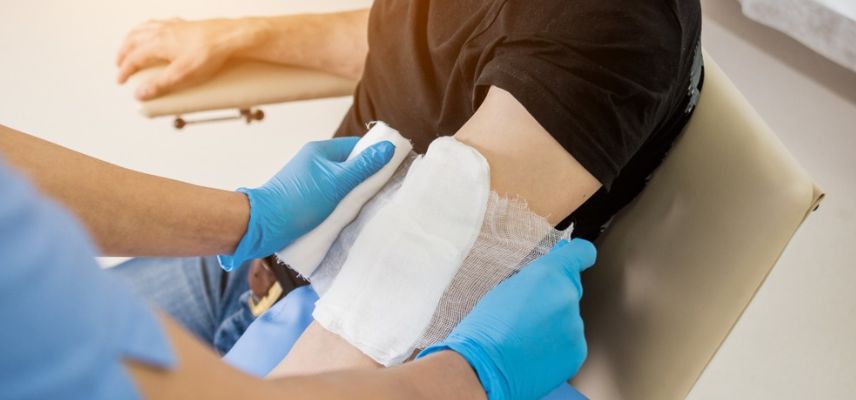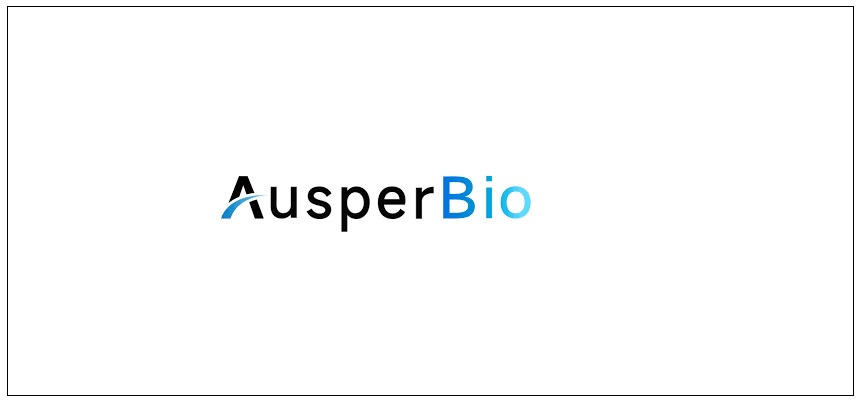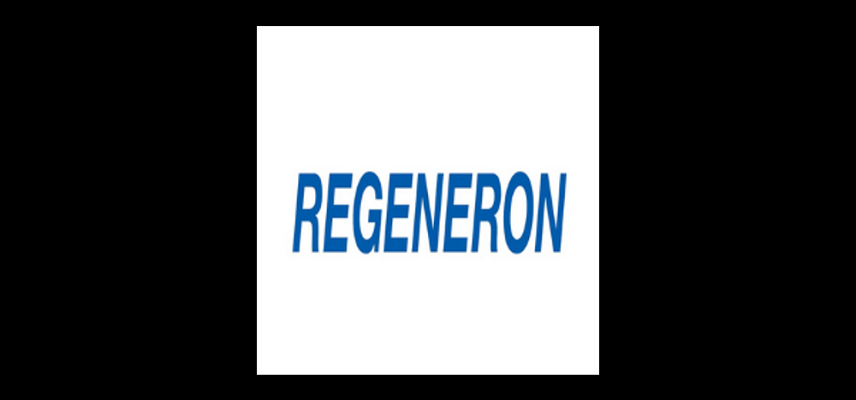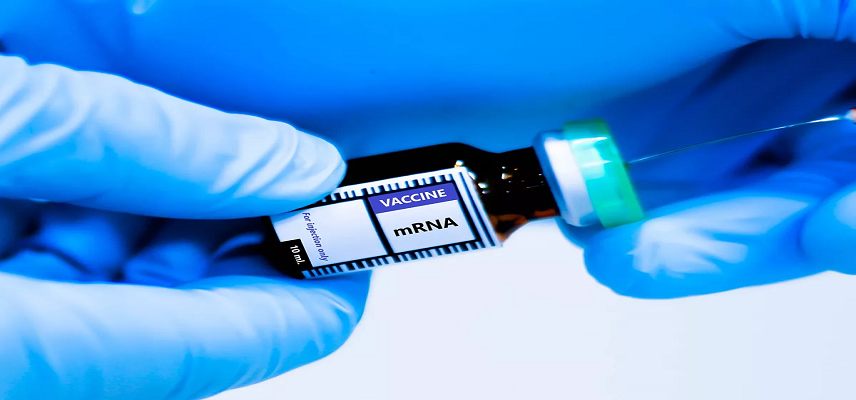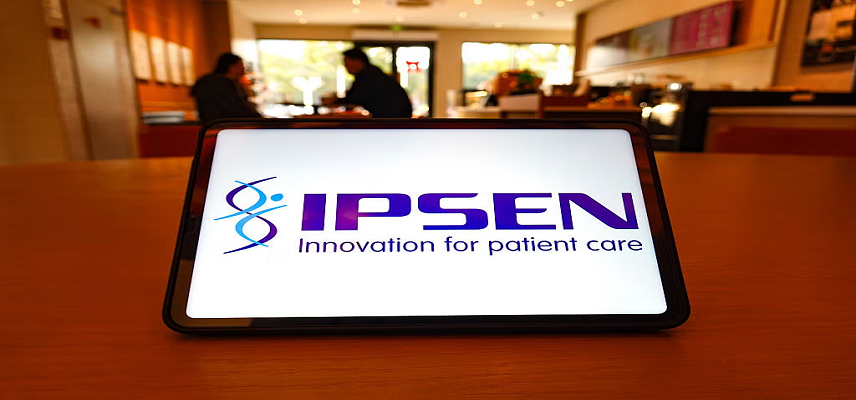Breakthrough Discovery Aims to Reduce Wound Healing Treatment Cost
Breakthrough Discovery Aims to Reduce Healthcare Costs Associated with Wound Healing
Overview
Researchers have unveiled a significant advancement in comprehending a critical aspect of wound healing, particularly relevant in conditions like diabetes and aging, which collectively incur healthcare costs exceeding $250 billion annually. Published in Nature, their study identifies a molecule pivotal in tissue repair. Injecting this molecule into animal models accelerates wound closure by up to 2.5 times and enhances muscle regeneration by 1.6 times.
Leading the research is Associate Professor Mikaël Martino, affiliated with Monash University’s Australian Regenerative Medicine Institute (ARMI) and EMBL Australia. Martino underscores the transformative potential of this discovery in regenerative medicine, shedding light on the vital role of sensory neurons in orchestrating tissue repair and regeneration, offering promising avenues for improving patient outcomes.
Present Budget
- The annual cost of managing poorly healing wounds exceeds $250 billion, with diabetic foot ulcers being the most prevalent.
- Dr. Yen-Zhen Lu, a co-lead author from ARMI, points out the escalating prevalence of diabetic foot ulcers due to factors such as increased longevity and medical complexities in diabetic patients.
Nociceptive Sensory Neurons
- Nociceptive sensory neurons, responsible for pain sensation, play a crucial role in alerting the body to potential tissue damage.
- The researchers discovered that during the healing process, these neurons extend into injured skin and muscle tissues, communicating with immune cells through a neuropeptide called calcitonin gene-related peptide (CGRP).
Martino underscores CGRP's remarkable role in controlling immune cells to facilitate tissue healing after injury. Removing sensory neurons in mice significantly impairs wound healing and muscle regeneration, highlighting the importance of these neurons in CGRP dissemination.
Study with Engineered CGRP
- Administering an engineered version of CGRP to mice with neuropathy similar to diabetic patients resulted in rapid wound healing and muscle regeneration.
- According to Martino, these findings hold significant promise for regenerative medicine, particularly in addressing poorly healing tissues and chronic wounds.
Understanding neuro-immune interactions in tissue healing opens avenues for developing innovative therapies. This study not only advances comprehension of tissue healing after acute injury but also offers hope for millions through effective therapeutic approaches, either alone or in combination with existing treatments.

Optimize Your trial insights with Clival Database.
Are you exhausted from the uncertainty of trial insights pricing? Clival Database ensures the clarity in the midst of the global scenario for clinical trials to you.Clival Database is one of the best databases that offers an outstanding number of clinical trial data in terms of 50,000+ molecules and from primary regulatory markets as well as new entrants like Indian and Chinese markets.
With Clival, you get accurate positioning of historical sales data, patent database, company profiling, safety & efficacy, and prediction of launch of new innovative molecules helping you to align your research and driving down the cost.
To add value, we further break down our analytics for you so that improving your operational effectiveness; optimizing your clinical trials; and offering you accurate and high-quality data at lowest possible prices becomes possible.
Elevate your trial success rate with the cutting-edge insights from Clival database.
Check it out today and make more informed sourcing decisions! Learn More!

